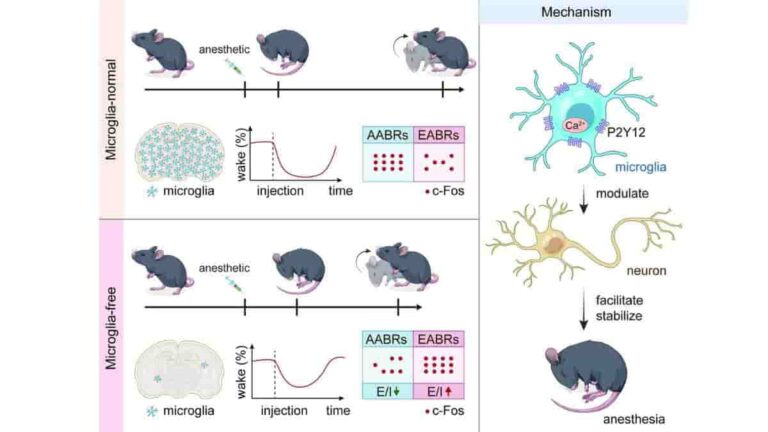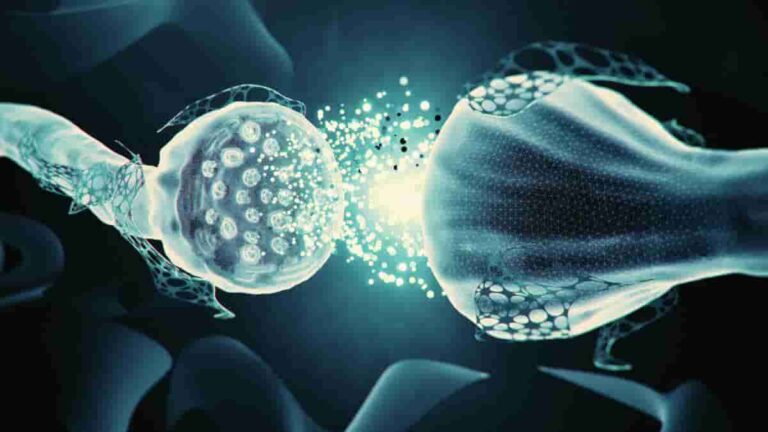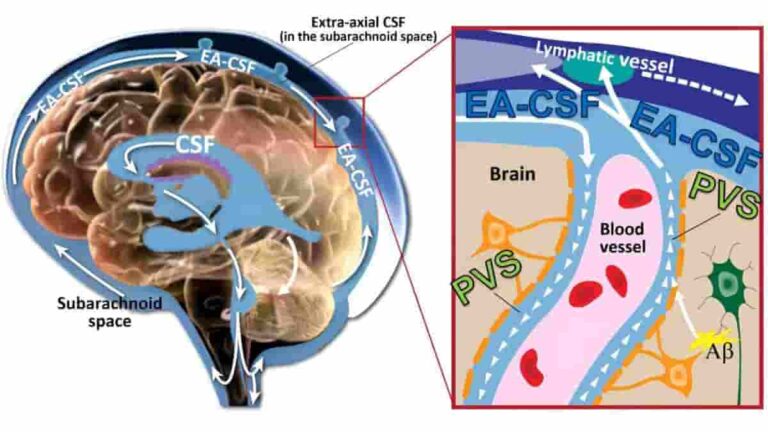Neurodiversity is a term that reflects the diversity of human neurocognitive functioning. It posits that neurological differences such as autism, ADHD, dyslexia, and others are the result of normal, natural variation in the human genome. This framework was first introduced by sociologist Judy Singer in the 1990s, challenging the prevailing view that these neurocognitive variations are inherently…
Category: Neuroscience
Daydreaming May Play a Role in Brain Plasticity
You’re sitting calmly when your mind abruptly tunes out the world and drifts to someplace altogether different – possibly a recent experience or an old recollection. You were having a daydream, as almost everyone does. However, despite the widespread occurrence of this experience, neuroscientists are largely at a loss as to what exactly goes on…
Microglia Aid General Anesthesia by Modulating Regional Neuron Networks
Though it may come as a surprise to the millions of people who have general anesthesia for medical operations each year, the molecular process by which different anesthetics inhibit awareness is still unknown. Researchers may be one step closer after discovering how general anesthesia affects microscopic immune cells in the brain known as microglia. “We…
Brain Activity Pattern Serves as Experiential Sequence Template
Norwegian University of Science and Technology researchers have discovered a pattern of brain activity that can be used to build sequential experiences. The finding of a rigid sequence pattern in the brain provides new insights into how we organize experiences into a temporal order. “I believe we have found one of the brain’s prototypes for…
Long Term Potentiation
Long-term potentiation (LTP), in neuroscience, refers to a persistent strengthening of synapses based on recent patterns of activity. These are synaptic activity patterns that result in a long-term increase in signal transmission between two neurons. Long-term depression, the inverse of LTP, results in a long-term decline in synaptic strength. It is one of several mechanisms…
Expanded Perivascular Spaces in Infant Brains Linked to Raised Risk of Autism
Researchers at the University of North Carolina at Chapel Hill have found that infants with abnormally enlarged perivascular spaces have a 2.2 times greater chance of developing autism than infants with the same genetic risk. Their study also found that increased perivascular gaps in infancy are linked to sleep disorders seven to ten years later.…
How Circadian Rhythms Influence Synapse Responsiveness
The link between circadian rhythms — the body’s natural day/night cycles — and synapses was elucidated in a recent study conducted at Boston Children’s Hospital under the direction of Jonathan Lipton, MD, Ph.D. This is the first scholarly contribution to offer a cellular and molecular rationale for the inherent variations in cognition, learning capacity, and…
Dopamine Level Changes Play Role in Reward and Punishment Prediction
Dopamine release in the human brain plays an important role in encoding both reward and punishment prediction mistakes, according to a new study from Wake Forest University School of Medicine. Dopamine participates in the process of learning from both happy and bad events, allowing the brain to alter and adapt its behavior based on the…
The Mesocorticolimbic Circuit (Reward System)
The mesocorticolimbic circuit is known as the brain’s reward system. It is a group of neural structures that are responsible for incentive salience (i.e., “wanting”; desire or craving for a reward and motivation), associative learning (primarily positive reinforcement and classical conditioning), and positively-valenced emotions, particularly those with pleasure as a core component (e.g., joy, euphoria,…








